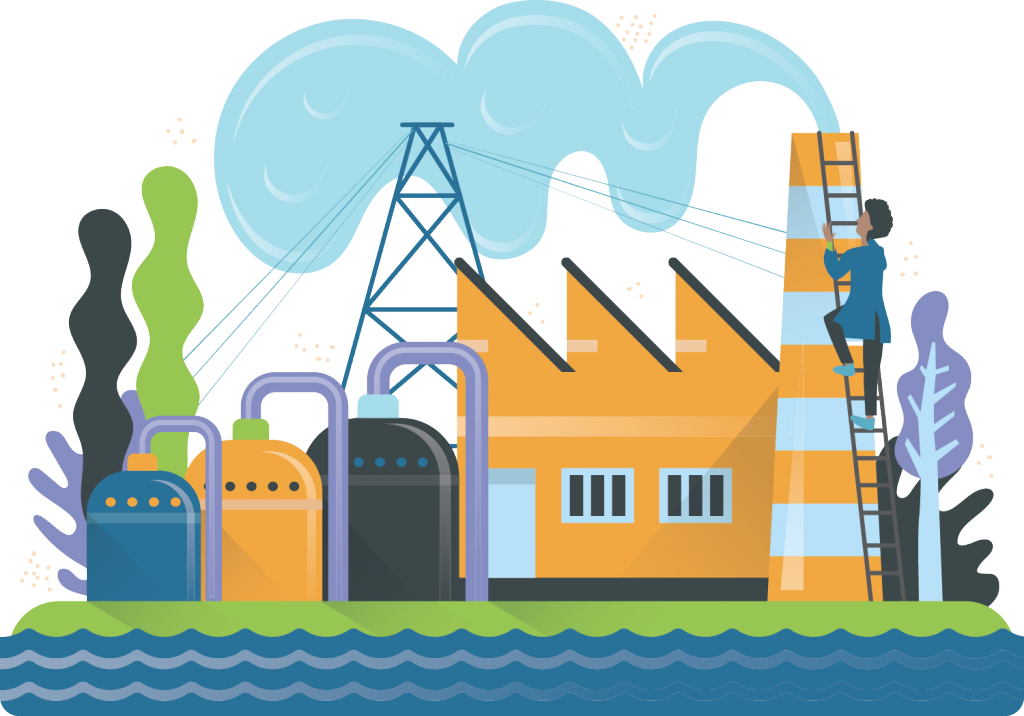Wastewater discharge entails the interception and discharge of treated or untreated wastewater in the receiving waters. The location of the discharge point in relation to the treatment plant impacts the energy requirements or recovery potential when conveying the treated wastewater and hence the GHG emissions. However, direct emissions of methane and nitrous oxide related to the direct discharge may amount up to 30 to 45 kg CO2e/pers.year. This represents about three to 10 times more emissions than those of collecting and treating wastewater to adequate levels.
Energy consumption and/or GHG emissions from wastewater discharge will be related to the following:
- Pumping efficiency and optimization.
- Direct GHG emissions (methane and nitrous oxide) from biological processes in the receiving waters.
- Energy source (renewable, fossil fuels, grid energy mix).
- Energy recovery from water running downhill (topographic energy).
| Impacted by: | Impacts: |
|---|---|
| Wastewater Treatment The distance and elevation difference between the wastewater treatment and discharge impacts the energy requirements or recovery potential. Furthermore, if there is no wastewater treatment, then the direct GHG emissions resulting from the direct discharge to receiving waters range between 30 and 45 kg/per year. | Wastewater Collection When there is no wastewater treatment, the distance and elevation of the final discharge point dictates whether wastewater needs to be pumped. |

